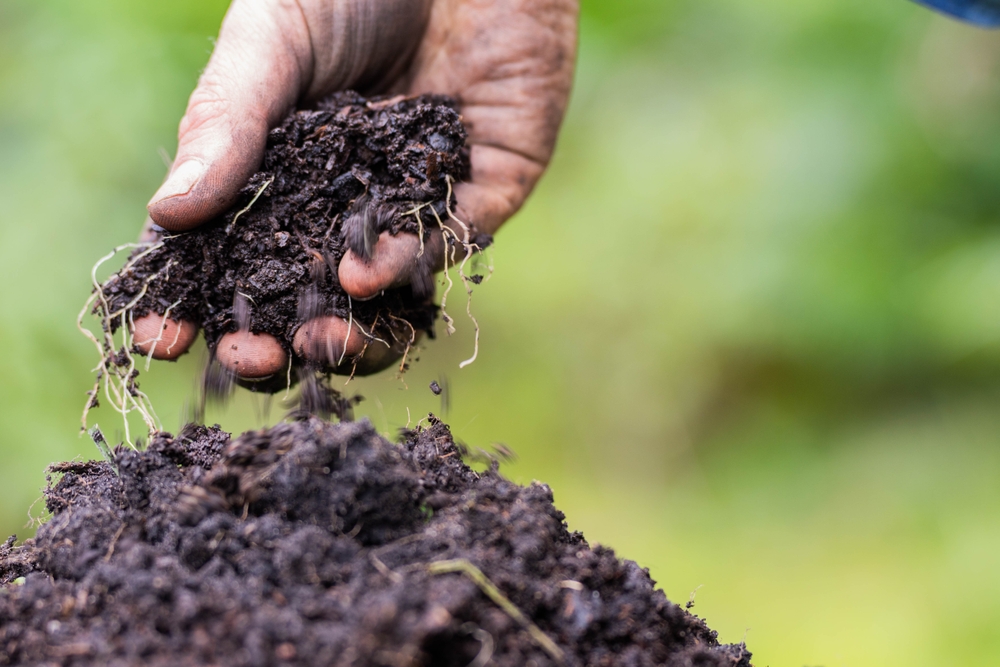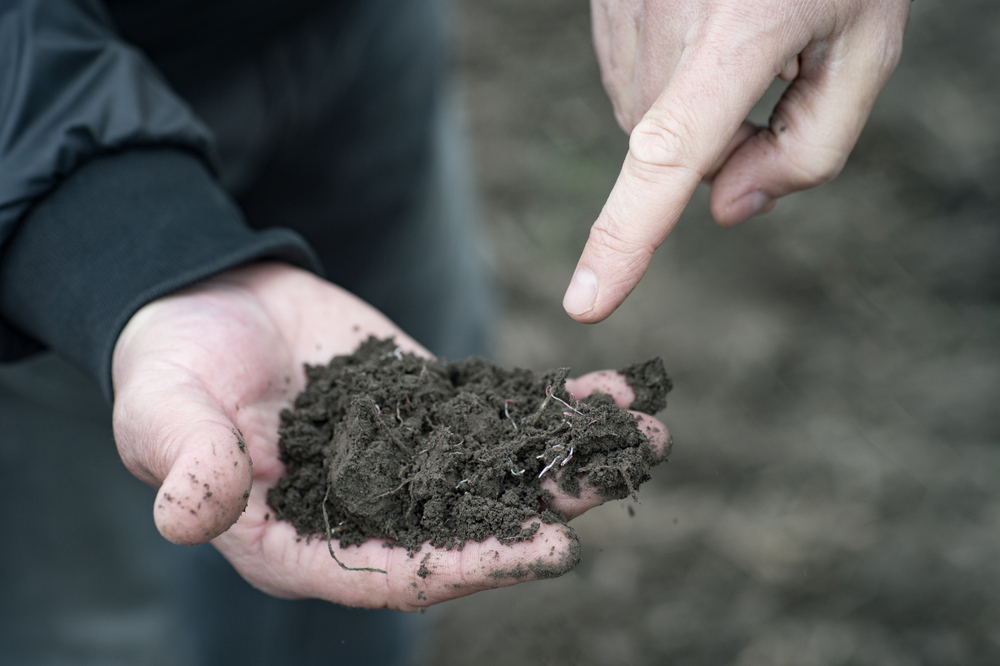Learn to grow microgreens at home, join Grow It Local +
Learn > How To
Understanding soil types and textures

What type of soil do I have?
Hello, all you wonderful vegetable growers! Every home grower knows that soil isn’t just dirt, it’s
the living, breathing foundation of your garden. Knowing your soil type can be like having a
secret map to treasure; it guides you on how to manage and enrich your garden soil, leading to
a delicious bounty of veggies. Let’s dig into the different soil types most common in Australian
gardens and discover how you can make the best of what’s beneath your feet.
Identifying Your Soil Type
The type of soil in your garden can greatly influence water retention, nutrition levels, and ease of
root growth. Here are the three primary soil types along with a couple of common variations:
Clay Soil: Heavy and sticky when wet and rock-hard when dry, clay soil can be challenging for
gardeners. It’s packed tightly, making it difficult for water to penetrate and drain. However, clay
holds nutrients rather well.
Sandy Soil: Just like the beach, sandy soil is loose and gritty. It drains quickly but doesn’t hold
nutrients well, which can be a minus when you want to keep your plants well-fed.
Loam Soil: Often considered the holy grail of garden soil, loam is a balanced mix of sand, silt,
and clay. It holds nutrients excellently and has great drainage. It’s fertile and easy to work with
—a dream for gardeners.
Testing Soil Texture
Here’s a simple DIY test to find out your garden’s soil type:
The Squeeze Test: Take a handful of moist soil and squeeze it in your hand. If it forms a ball
and feels slick, it’s clay. If it falls apart easily, it’s sandy. If it forms a ball but crumbles easily
when poked, it’s loam.
The Jar Test: Fill a jar one-third with soil and top it off with water. Add a dash of dish soap,
shake vigorously, and let it sit for a couple of days. Your soil will separate into layers: sand at
the bottom, silt in the middle, and clay on top. The thicker the layer, the more predominant that
particular soil type is in your garden.

Improving Your Soil
For Clay Soil: Integrate plenty of organic matter like compost or well-rotted manure to improve
drainage and aeration. Planting green manures, like clover or alfalfa, before your main growing
season can also help break up dense clay.
For Sandy Soil: Increase its nutrient-holding capability by adding organic materials such as
compost or worm castings. Wood chips or grass clippings are great to mix into your sandy soil
to help it retain water longer.
For Loam Soil: Congratulations if you have loamy soil! Keep it in top shape by continually
adding organic matter and practising regular crop rotation to prevent nutrient depletion.
Conclusion
Knowing your soil type isn’t just academic; it’s a crucial step towards mastering your garden’s
potential. With this knowledge, you’ll be better prepared to tackle the challenges of gardening
and maybe even help a fellow gardener out. Keep tending to your soil, and it’ll reward you with a
garden that’s as lush and bountiful as any. Happy gardening, folks, and let those veggies thrive!



